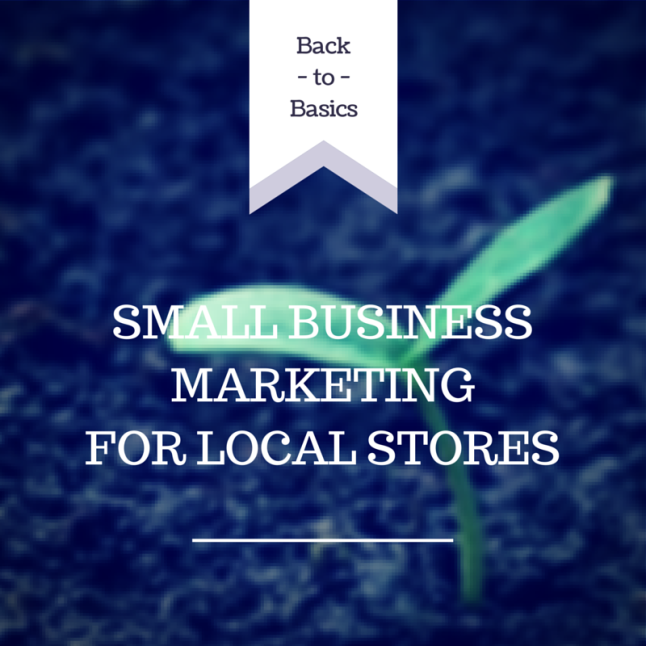How to Use Social Media for Customer Service
/We've talked in the past about how a company can use social media to improve business: From keeping your existing customers happy through regular updates and promotional offers, to creating and promoting valuable content to draw in new customers, social media can be one of the most powerful tools in a small business owner's toolbox. But that's just one way to use social media. Drawing in customers isn't the only thing you can do efficiently with it—you can also appease existing customers by using your social media accounts to quickly provide excellent customer service.
In this article, we'll give you a few tips on how you can easily start making use of your social media accounts to provide customer service!
Social Media is More Efficient
When you visit a website for technical assistance or support, you expect to easily find the company's contact information. No one wants to click around and dig to find what they came for. Customers also don't want to fill out some contact form and wait hours (or sometimes even days) before someone finally gets back to them. Nor do they feel like waiting on hold! Nowadays, people want immediacy--in fact, they demand it.
Using social media for customer service allows you to achieve that immediacy.
Of course, the downside to this is that you'll have to have someone available to answer all customer support questions quickly. But if you're serious about providing these services for your customers, there is a simple way to do this—interns, social media managers, and/or smart phone apps. Depending on your budget, you may only be able to afford one of these things, but with a little effort, you can find a way that works for you.
Catch Negative Feedback Before it Blows Up
Another way you can use social media for customer service is to monitor your brand name as well as specific keywords: specifically, for complaints about your brand. If you reach out and respond to these complaints quickly, you may be able to smooth over some of the problems that customers are having, and provide a satisfactory solution.
Ideally, you should be doing this on a daily basis. Your customers expect quick feedback to their complaints, and negative posts can spread faster than you expect them to! By making an effort to assuage these issues at the very beginning, you may even be able to get the person to delete their post. It's worth a shot.
However, you should take note that searching for customer complaints to respond to is really the most effective when the complaint has been made publicly.
What do we mean by that?
Well, if the complaint in question is part of a twitter conversation that seems casual, such as between two friends, it's probably not a great idea to butt in. Many times, people feel like brands monitoring them too closely is bordering on creepy!
So, long story short: Use your best judgement and try to intervene in sticky situations when you think it will do the most good.
Use Social Media to Respond to Questions and Requests
If you see your customers asking you the same questions over and over, you will probably have to make some changes around the office. Whether your customers are unclear about your pricing options or have questions about shipping and delivery, you can use their feedback as a way to bolster your business and make it even better. Ensure that your customers can find the answers to their commonly-asked questions efficiently: Then, you can offer a number for them to call or ask them to connect with you on social media if they have any further suggestions for you, or need any extra clarification.
Think of it like a free, non-invasive way of asking your customers to take a survey. You get all the good feedback at no cost to you!
Hopefully, with these tips, you can begin to make some improvements to your customer service strategy. But we're sure there are plenty of other ways you can go about it. Can you think of other ways that you can use social media for customer service? Let us know in the comments below!











